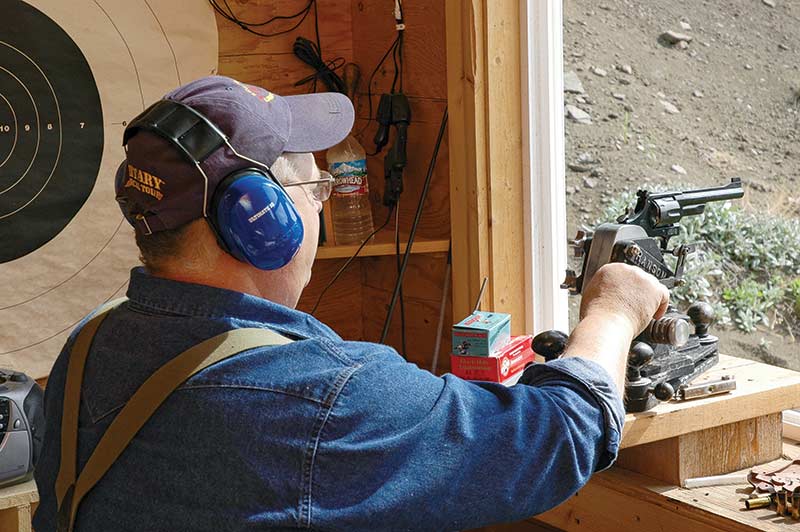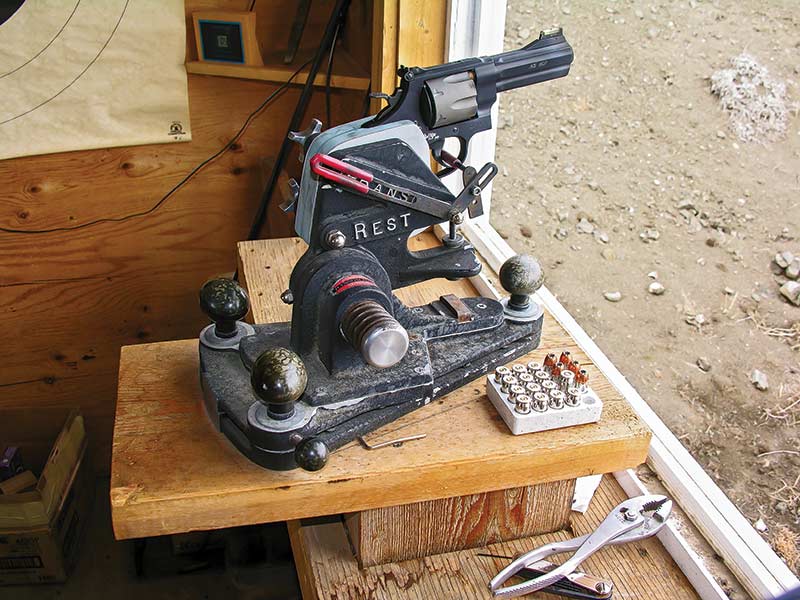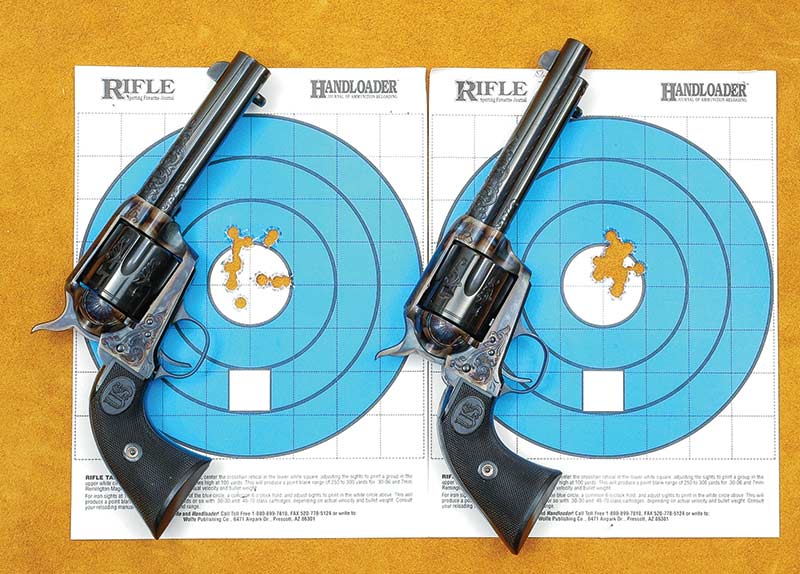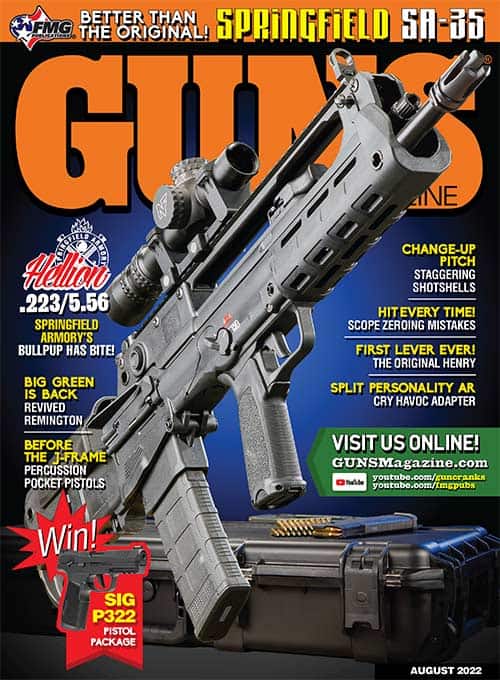Ransom Pistol Machine Rest
A darn sight better than tired hands!
New visitors to my Shooting Shack often point at a permanent fixture and ask, “What’s that for?” It’s my Ransom Pistol Machine Rest and I explain to them it’s for testing handgun and/or ammunition precision by eliminating or at least minimizing human error.
Why Not?
Mostly the questioners are shooters themselves who then inquire, “Why not just shoot off sandbags or V-fork barrel rests?” Here’s the deal — I’m not all that great of a sandbag-rest shot in the first place. Certainly, I can make decent groups for a short while but then eye, noise and recoil fatigue come into play. I guarantee despite the intrinsic precision of the handgun and ammunition being tested, my sandbag rest groups will grow the more I shoot.
With the Ransom Rest, many groups can be fired in a long afternoon. In this manner, not only is mechanical accuracy tested but also how handloads are affected by varying combinations of bullet, powders, primers, lubes or whatever.
For instance, in 2021 I tested a pair of Colt Frontier Six Shooter .44-40 revolvers. Four bullets were combined with five propellants so each .44 was fired in 20 groups of five shots each. In this manner, each bullet was used in 10 groups, five through each revolver. When averaged, RCBS mold #44-200CAS gave tightest average at 1.65″ at 25 yards. Each powder was fired eight groups, four from each revolver. It was my very first outing with Vihtavouri Tin Star powder and it gave a best average of 1.68″. Shooting was at 25 yards and done in one afternoon. Firing 40 groups in one afternoon was only possible because a young friend in good shape literally ran out to staple up new targets.
Set Up
Getting the handgun clamped in the Ransom Rest takes more time than one might expect. Grips must be removed from the firearm and then synthetic grip adaptors are fitted around the grip frame. There are three bolts to slide the grip adaptors over, then an aluminum alloy plate goes next and the whole shebang is tightened by three wingnuts. However, resting does not start yet!
My procedure is to fire 10 to 15 rounds to settle the revolver grip frame in the grip holders and I use the most powerful load available for that purpose. For instance, if testing will be of a .38 Special revolver, I use +P or equivalent for settling in. After each full cylinder, I hand-tighten the wingnuts again. It’s surprising how many more turns can be made before they are finally impossible to tighten further.
Also, while this preliminary shooting is being done, the revolver’s shots will continue to climb on the target paper. With some handguns I’ve watched bullet holes string 24″ before matters are settled. When bullets cluster instead of climbing, testing starts.
The Ransom Rest handles recoil by a coil-spring arrangement. At firing, handgun muzzle start upward until recoil has been totally absorbed by the machine rest. There is no strain on hands but the rests must be securely bolted to a non-moveable object. My Ransom Rest mount was built as part of the structure.
Triggering the handgun is done with a dogleg-shaped lever adjusted into the trigger guard as the gun is mounted. I’ve learned to use steady pressure instead of jerking the lever. As said above, machine rests can minimize human error but not always eliminate it completely. After the shot, the operator resets the handgun for the next shot by pushing down on a flange, not by pushing on the carefully settled-in handgun. The more powerful the load, the higher the handgun’s muzzle rises. Target loads sometimes only raise muzzles an inch or two while some magnum loads will bring it to 45 degrees. I learned early on not to stand next to the rest when using loads with heavy muzzle blast — for those, I sit behind to escape blasts as much as possible.
Back in the days of plentiful ammunition and handloading components, I often test-fired 10 shot groups for semi-auto pistols and 12 shot groups for sixguns. Not so anymore! Five shot groups and enough of them for averaging are what I’ll use until component availability return to normal — if ever.
Do I think every avid handgun shooter needs a machine rest? Certainly not! They are a great aid for custom ammunition loading businesses, perhaps even some handgun manufacturers and folks like me who are forever curious about the workings of handguns and their ammunition.






